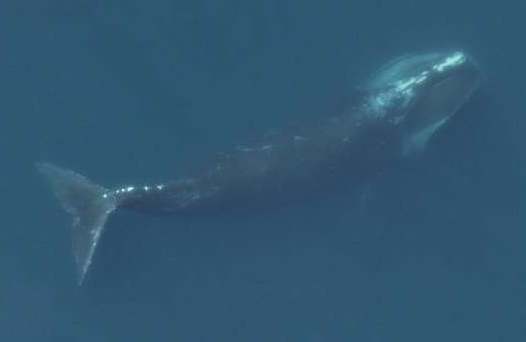 The dwindling North Atlantic right whale population is on track to finish its breeding season this year without any new births – an unprecedented and alarming sign for this critically endangered whale species.
The dwindling North Atlantic right whale population is on track to finish its breeding season this year without any new births – an unprecedented and alarming sign for this critically endangered whale species.
The whales migrate seasonally between New England and Florida, calving off Florida and Georgia from November to February. Over the years, mothers and their calves have been spotted making their way north toward Atlantic Canada by the end of February, however now halfway through March, there still hasn’t been a single calf sighted. Aerial surveys will end in the next few weeks and have even been expanded into the Gulf of Mexico this year for the first time.
Right whale females are, on average, only living to be between 20 and 30 years old usually producing their first calf when around 10 years old, however, research shows five identified mothers who gave birth last year have a calving interval of seven years. Fewer and fewer calves are born every year and scientists suspect one reason for this happening is due to female whales not being able to gain sufficient weight to become pregnant. In the 1990s and early 2000s the species began to make a comeback, but in the past decade, numbers have again declined. Ship strikes are a big problem for right whales along with entanglement in fishing lines, and with only about 100 breeding females in the population (amounting to approximately 450 individuals), if dangers to right whales aren’t mitigated now, the species is likely to go extinct within 20 years.



